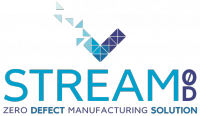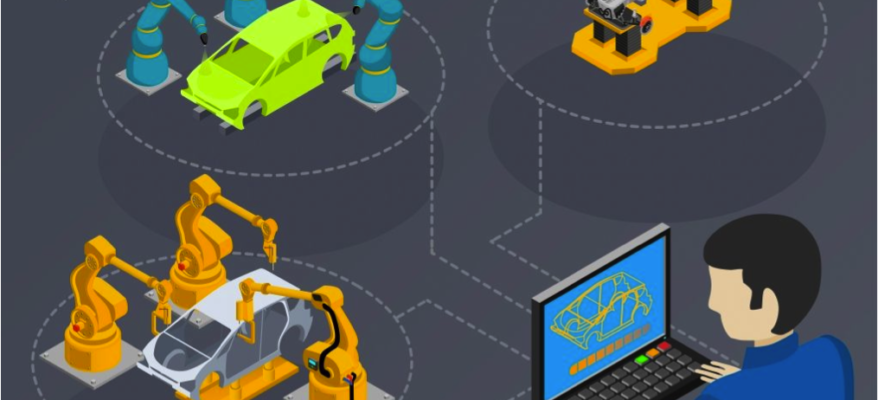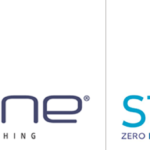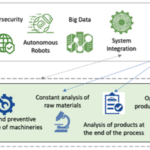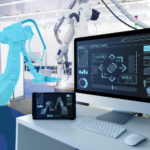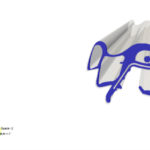Reduced Order Models, augmented knowledge
For this new Bits Of STREAM-0D episode, the Institut de Calcul Intensif (ICI) of the École Centrale de Nantes explains why, in the last decade, Reduced Order Modeling (ROM) has emerged as a key tool in simulation-based engineering sciences.
Many engineering problems are nowadays addressed at the industrial scale with the help of computer simulation. Engineers goals would be, in this context, to figure out what is the set of parameter choices matching the part specifications; or yielding the best process setup; or giving the best model fitting, just to cite few examples.
Broadly speaking, it is all about finding the right system parameters, no matter if they are shape, process or model parameters, possibly with the help of computer simulation.
Unfortunately, the entire process can be very time consuming, particularly when dealing with complex systems, due to the numerous and various types of constraints to be satisfied. Plus, we all know that simulation of such complex systems requires lots of computational power and can last for days or even weeks…
Real-time ROMs
In the last decade, Reduced Order Modeling (ROM) has emerged as a key tool in simulation-based engineering sciences, providing a scientific and mathematical basis for real-time simulation of engineered systems.
The reader might be worried about a possible trade-off between computational time and model’s accuracy. Fear not: ROM is not about simplifying the underlying physics or solving 1D models instead of full 3D; it is about choosing the solution’s representation wisely.
To be more precise, the key idea behind ROM is to replace generic approximation spaces, e.g. standard piecewise polynomials in finite elements analysis, by problem-specific ones, that may either be learnt from data or computed by setting up an optimization problem.
Thanks to real-time performance, reduced order models can deliver an interactive simulation experience that allows engineers to rapidly expand their knowledge on the system. In fact, it would probably be far more appropriate to use the term Augmented Models rather than Reduced Models.
Salvador Izquierdo, Project Manager at ITAINNOVA, talk about ROMs (Reduced Order Modeling) and their role within the STREAM-0D project.
A new path
Beyond mere terminology, one thing must be acknowledged: ROM methods have opened the path towards a better integration of simulation in dynamic data-driven application systems, rapid numerical prototyping and dedicated simulation applications.
For all these reasons, ROM methods have captured the attention of many researchers, with hundreds of papers published in scientific journals, and a dynamic research community that actively contributes to international conferences and workshops. This abundant scientific production has led ROM methods, in spite of their youth, to a surprisingly high level of maturity which has been rapidly recognized and supported by many industries and institutions through generous funding and challenging applications.
STREAM-0D project is a significant example of this success.
—
This article by ECN is part of the Bits of STREAM-0D series of contributions from the project’s consortium partners. Periodically, on STREAM-0D channels, a different topic will be given prominence, along with videos featuring members involved in the project.
Check Bits of STREAM-0D’s previous contributions by STREAM-0D partners:
- Ep. 1 – ITAINNOVA – “Simulation for zero-defects manufacturing”
- Ep. 2 – ITAINNOVA – “STREAM-0D End-users”
- Ep. 3 – DAY ONE – “Exploitation of a European project: how to start and key activities”
- Ep. 4 – LMS – “Industry 4.0 and zero-defects manufacturing: an insight on a new industrial era”
- Ep. 5 – IES – “Cloud data management: what is it all about?”
Follow STREAM-0D on:
